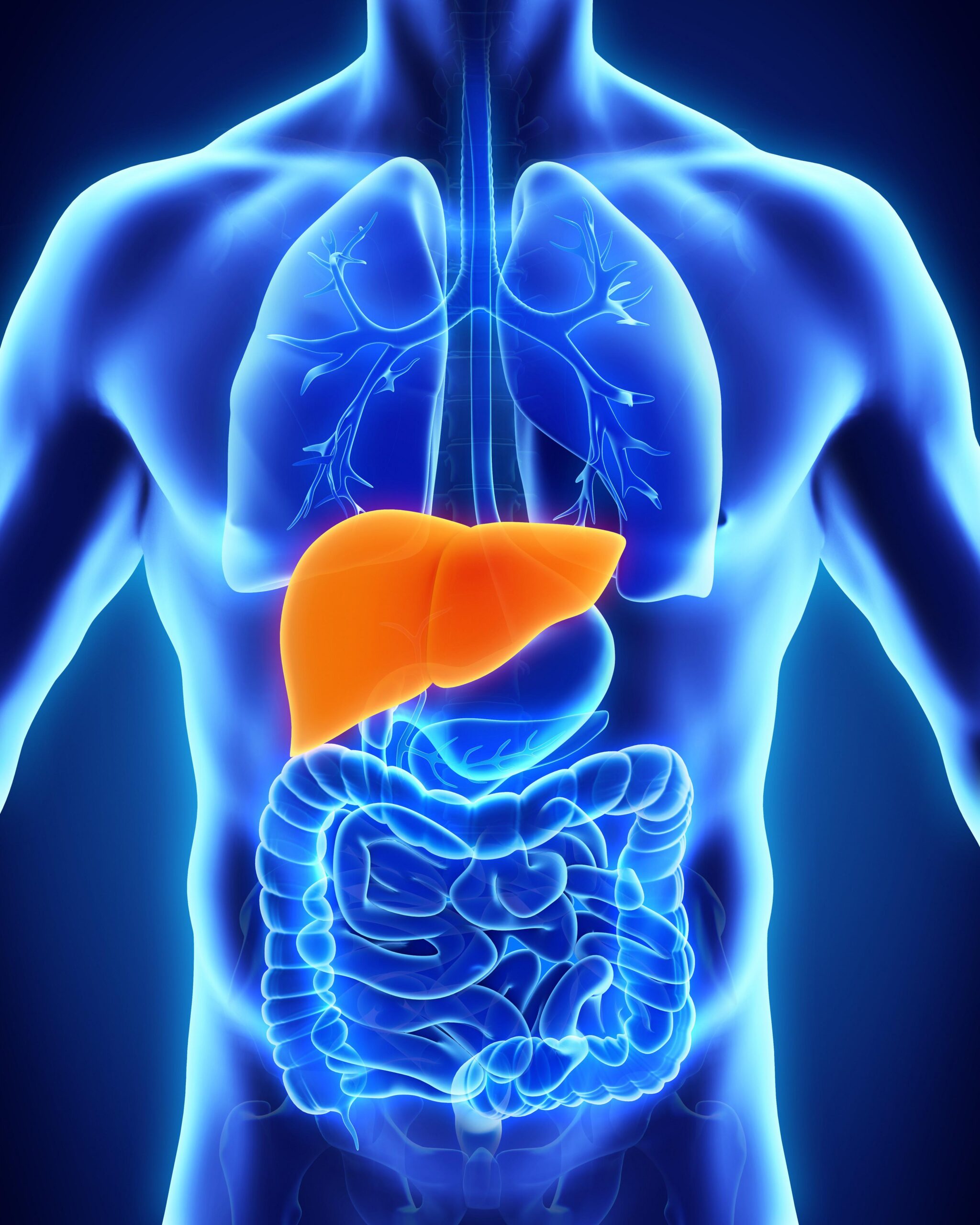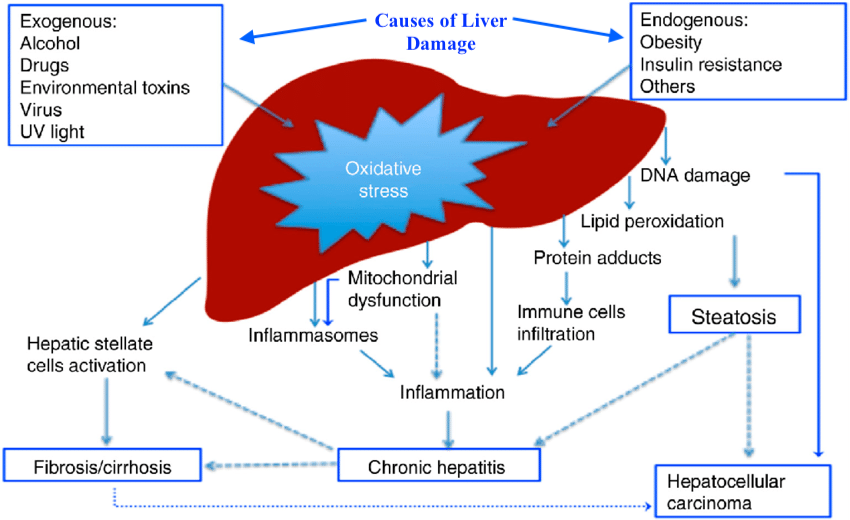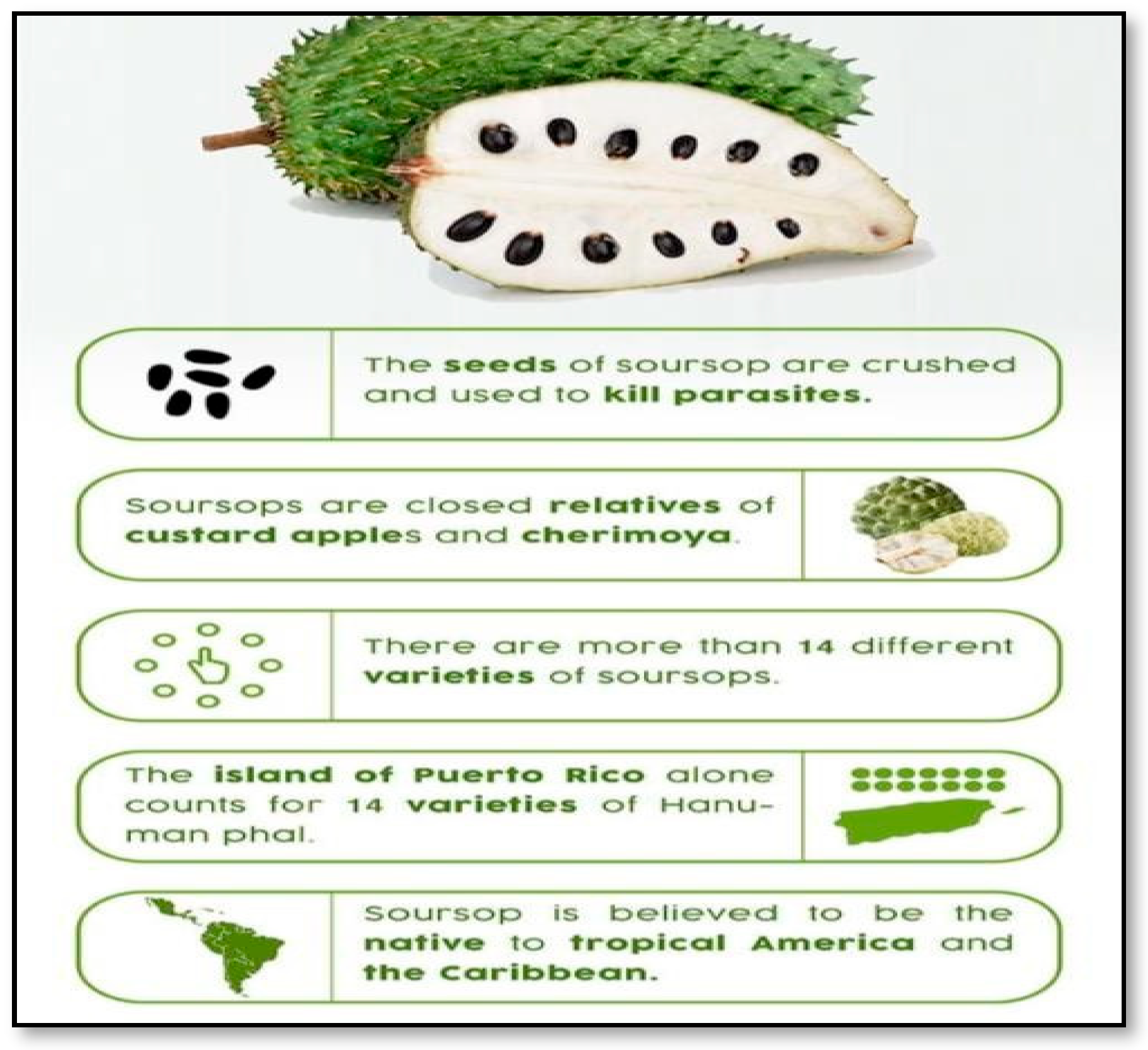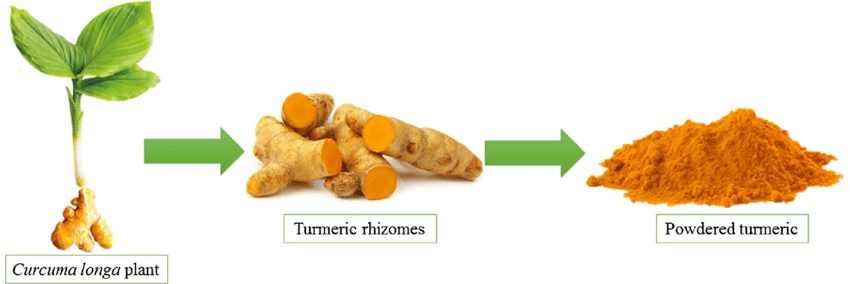
The liver is an organ critical for the purposes of energy production as well as the storage of glycogen, lipid-soluble vitamins (i.e., vitamin A, D, E, K), copper, iron, triglycerides, and detoxification of the blood.1 As such, mild aberrations in liver function can induce illness, and in severe cases (i.e., liver cirrhosis), death.2 Considering the roles and value of optimal hepatic function, the following will consider botanical combinations to include Curcuma longa rhizome, Cordia lutea flower, and Annona muricata leaf that might help support the same.3

Swain et al3(1) stated that the botanical combination, Curcuma longa/Cordia lutea/Annona muricata, was a herbal product (also known as A4+) formulated by Sabell Corporation to support healthy liver function. Said herbs originate from the Amazon rainforest along the coastal plains of Peru, and have been individually implemented in many traditional remedies to include liver disorders and hepititis.3(2) Curcumin is a polyphenolic compound found within Curcuma longa and has been characterized as an anticancer, antioxidant, antiviral, and anti-inflammatory agent.3(2)
Furthermore, said compound is considered to have a well understood safety profile with a wide range of applications.3(2) Annona muricata, the second botanical of A4+, has been well studied according to Swain et al3(2) and has been suggested to have chemotherapeutic/hepatoprotective potential. However, the third constituent of A4+, Cordea lutea, has been a less understood and characterized botanical.3(2) Having briefly considered the qualities of A4+, the following will explore a study of the same, using mice models with induced liver injuries from 2 different means, and its role in hepatic support.

Swain et al3(2) conducted a study which considered the potential for A4+ in managing liver disease against nonsteroidal anti-inflammatory drugs (NSAIDS) in addition to its protective effects upon the gastric mucosa. The study employed a mouse model whereby male mice (C57BL/6) were randomly placed into two groups. The control group had a bile duct resection surgery (a method of inducing liver injury/inflammation), while the experimental group had the same surgery and supplementation with A4+ at 160 mg/kg/day.3(2),4
Said A4+ was administered via oral gavage over the course of a 9-day period. The second method of induced liver injury for a second control group and experimental group of C57BL/6 mice used Concanavalin A (CA); a substance which induces immune-mediated hepatitis (inflammation of the liver).3(2) The control group received saline while the experimental group received A4+ in the dose of 640 mg/kg via oral gavage.3(2) CA was introduced after saline/A4+ at 3 days, 2 days, 1 day, and 1 hour after CA was injected followed by analysis of alanine transaminase (measures acute liver injury).3(2) The following will consider results in greater detail.

No changes in alanine transaminase or bilirubin levels (both control and experimental group) were observed in the bile duct resection surgery groups after 9 days. However, the bile duct resection surgery mice that received A4+ (experimental group) did exhibit significantly higher levels of movement and physical activity when compared to the bile duct resection group (control).3(3,4) In the CA liver injury model (control and experimental), the A4+ experimental group of mice showed significantly lower levels of alanine transaminase when compared to the CA-only control group of mice.3(4)
Other notable qualities of A4+ could be seen by in vitro analysis of Cordia lutea and Annona muricata; both exhibited antioxidant activity while an in vivo model indicated that inflammatory markers (via PGE2; a mediator of inflammation) lowered significantly within the A4+ treated mice.3(5) Gastric mucosal damage, a common side effect of NSAIDs, was also considered by placing indomethacin (an NSAID) in mice to induce the same. When A4+ was administered before indomethacin, gastric mucosal damage was lower when compared to mice who only received indomethacin.3(5)

+

+

In conclusion, the liver is an organ critical for the purposes of energy production as well as the storage of glycogen, lipid-soluble vitamins (i.e., vitamin A, D, E, K), copper, iron, triglycerides, and detoxification of the blood. As such, mild aberrations in liver function can induce illness, and in severe cases (i.e., liver cirrhosis), death. Evidence suggests that botanicals, when used individually, have the capacity to induce hepatoprotective effects. Of particular relevance and interest is the possibility that botanicals might allow for a stronger/synergistic effects when used as an aggregate; the research of Swain et al3(8) suggested that such a submission is likely true, which provides another means of supporting optimal liver function.
References
1. Reisner EG, Reisner HM. An Introduction to Human Disease: Pathology and Pathophysiology Correlations. 10th ed. Burlington, MA: Jones & Bartlett Learning; 2017.
2. Liver Disease: Symptoms and Causes. Mayo Clinic website. https://www.mayoclinic.org/diseases-conditions/liver-problems/symptoms-causes/syc-20374502. Accessed July 8, 2020.
3. Swain MG, Wallace JL, Tyrrell DL, et al. Efficacy of a Peruvian botanical remedy (Sabell A4+) for treating liver disease and protecting gastric mucosal integrity. Evid Based Complement Alternat Med. 2019:1-12. doi:10.1155/2019/5486728.
4. Tag CG, Sauer-Lehnen, Weiskirchen R. Bile duct ligation in mice: Induction of inflammatory liver injury and fibrosis by obstructive cholestasis. J Vis Exp. 2015;96:1-11. doi: doi:10.3791/52438.
-Michael McIsaac
